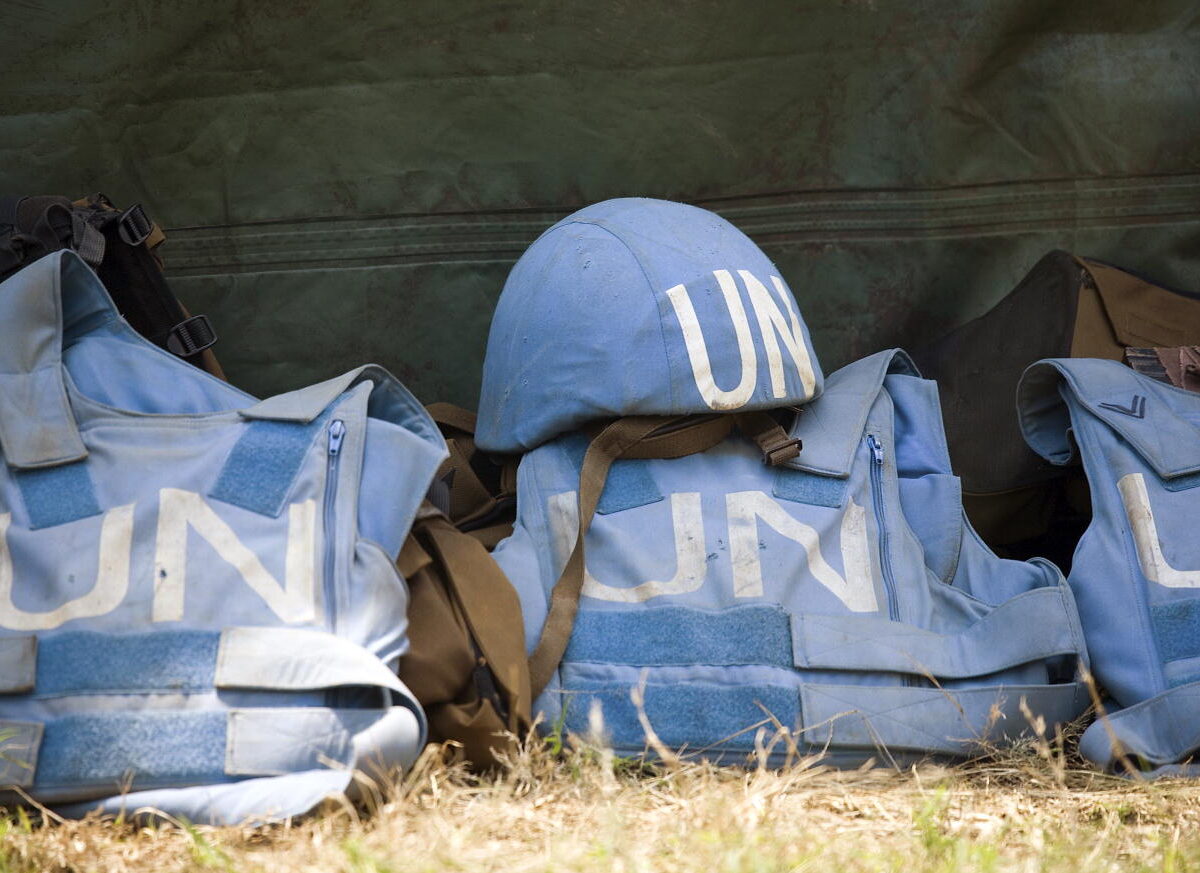
Tom Buitelaar
“To get to the full story in both conflict and peace studies, we should privilege neither structure nor agency but see both as having identifiable and distinct properties which interact to bring about historically contingent outcomes.”
Many practitioners have a nuanced understanding of the influence that individuals have on the shape that peace and conflict take in particular (post-)conflict contexts. In my own interviews, I often hear phrases like “personalities matter” or “it really mattered who was leading the organisation”. Practitioners are well aware that this impact is limited, hemmed in as it is by structural forces and contextual factors. But even within such constraints, individuals differ in how they behave—with some passively going with the flow, and others seeking to circumvent and overturn these constraints to implement their personal preferences.
While practitioners rarely overlook these dynamics, many scholars are lagging behind. It is true that current scholarship has moved beyond simplistic understandings of processes of peace and conflict. Scholarship relying on sociological, feminist, and practice theories, amongst others, is burgeoning, and enhancing our understanding of how conflict and peace processes operate. Christine Sylvester, for example, has maintained that we should “stop averting our eyes and decide to descend into the ordinary of violence” and take people and their embodied experiences as the central unit of analysis.
Micro-level factors are also being taken much more seriously. There is significant attention to such things as organisational culture and interactions between international organisations and local populations. Roger Mac Ginty has long called for more attention to the “everyday” in peace studies, which emphasises bottom-up agency and daily interactions between ‘normal’ people. Meanwhile, in the Civil War Paths blog pages, Edoardo Corradi and Sayra van den Berg have studied the differential responses by individuals to conflict mobilisation processes and reconciliation initiatives.
While these approaches have given much more nuance and depth to our understanding of how peace and conflict work, most of these studies remain stuck on impersonal macro- or micro-level forces. There is little work that sees actors in peace and conflict as embodied individuals with identifiable personalities, histories, and value systems, or what I call ‘personal identities’.
Furthermore, despite the consensus that structure and agency interact, there is limited understanding of how exactly they do so. Feminist and intersectional scholarship has studied how ascriptive traits like gender, sexual orientation, and race shape engagement with structures. For example, someone’s gender or ethnicity may affect a person’s opportunities and motivations for engagement in peace and conflict. I argue, however, that these ascriptive traits are not determining by themselves and there should be more attention to how they interact with personalities and value frameworks.
The Civil War Paths project is to some degree an exception to this observation: the project emphasises the relevance of individual trajectories towards civil war participation. It recognises that individuals’ personal identities matter in informing when, how and why individuals enter conflict or respond to it. In this blog, I would like to encourage this trend and argue that this approach can and should be conceptualised further, in order to deepen understandings of the interactions between agents and structures.
In other words, I propose to bring humans back in. To get to the full story in both conflict and peace studies, we should privilege neither structure nor agency but see both as having identifiable and distinct properties which interact to bring about historically contingent outcomes. With such an interdisciplinary approach that focuses on personal identities, we can bridge some of the distinct understandings of the interactions between agents and structures that exist in the field.
To be clear, I do not mean to say that we should ignore the structures in which individuals operate. Norms, discourses, geopolitical factors, organisational routines, and capacity constraints set important limits on what is possible. However, in more situations than scholars tend to think, significant room for manoeuvre remains. The real human beings who navigate these structures are often imaginative, reflective, and creative. They find ways of working around constraints, making use of opportunities and pushing forward their own agendas.
In a recent piece, I showed how Scott Campbell, human rights director of the UN mission in the Democratic Republic of Congo between 2011 and 2014, countered strong pressures from the host state and the UN Security Council and published several very critical reports on violations by Congolese security forces. While Campbell was ultimately expelled from the country, this shows how activist interveners can manoeuvre structural constraints to implement personal preferences.
Not every individual does this, however, and this is exactly the kind of variation that we should study more. Some people are simply more assertive or risk tolerant than others. Think of an armed group leader who consistently pushes for the most radical option, even as it may lead to the destruction of his group. A clear example of this is the approach by Joseph Kony, leader of the Ugandan rebel group Lord’s Resistance Army, who used extreme violence against civilians and rejected peace. Ultimately, while his group survives, its capacity has been marginalised and there is little prospect for it achieving any of its political goals.
Other individuals have had socialisation experiences and personality traits that lead them to be more agreeable and follow along with the dominant approaches. For example, individuals who have served their entire professional life within the same organisation may feel more bound by the organisational culture than those who are coming in from the outside for temporary stints. Séverine Autesserre has shown how international peacebuilding culture socialises its members into dominant modes of thinking which undermine effectiveness. But she also demonstrates how so-called ‘liminars’, people who straddle several cultures or are coming in from the outside, are in a good position to reflect on these dominant cultures and seek ways to change them.
Still others may feel very strongly about particular conflict goals or principles of peacebuilding and let this influence their approach. There are many examples of courageous peacebuilders, both local and international, who feel so strongly about obtaining justice that they risk life and limb for this goal. Civil society groups in Argentina have braved state repression and intimidation to pursue justice for their loved ones who were disappeared under the military juntas. Similarly, 2018 Nobel Peace Prize laureate Denis Mukwege has dedicated his life to helping survivors of sexual violence who would otherwise be shunned by their communities.
But we can only better understand these kinds of interactions between structure and agency by analysing individuals as fully human, as having a personal identity which is not just epiphenomenal or meant to fill in gaps in supposedly more important models of impersonal macro- and micro-level forces. When it comes to peace and conflict studies, we should bring humans back in.

